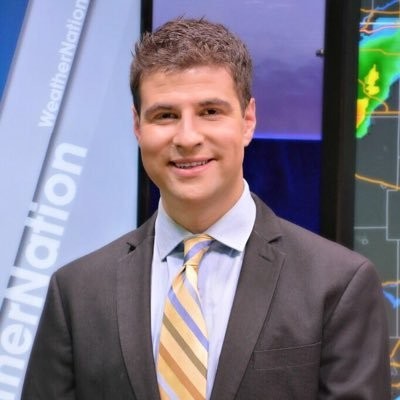Colorado and three other states — Oregon, North Carolina and Arizona — are projected to pick up at least one congressional seat, while Texas and Florida could gain at least two seats. Colorado's population has grown about 12 percent since 2010, the sixth-highest percentage growth nationwide in that time span.
Colorado's potential 8th Congressional District would be established by the 2022 elections, or three House of Representative election cycles from now (members of the House of Representatives are up for re-election every two years).
This also means that Colorado stands to gain an extra electoral vote in future presidential elections, starting in 2024. Colorado currently has nine electoral votes.
A civics refresher: Under the Constitution, each state is guaranteed at least one congressman or -woman in the House of Representatives. The remaining 385 seats in the House are appropriated every ten years based on population, which is counted every ten years by the Census.
One of the big questions surrounding Colorado's extra congressional seat is where it'll go. Nationwide, congressional districts averaged around 710,000 people in the 2010 Census, and that number is likely to be closer to 750,000 people now.
"[The new district] has to go where the people are, so I guess I just don’t know," says Colorado State University political science professor John Straayer. "The rural areas are losing population, so there’s no way that you’re going to be able to draw a map that does good things for the eastern plains or even the southern part of the state."
Based on official voter-registration figures from December 2017, the district with the highest amount of registered voters is CO-2, the Boulder-based district that Democrat Jared Polis currently represents. CO-2 has more than 617,000 voters, the most of any congressional district, followed by CO-1, Denver's district, with nearly 550,000 voters. On these numbers alone, an early possible landing spot for the new CO-8 district could be in the Denver-Boulder corridor, which is currently the most underrepresented based on voter-registration figures.

With Colorado currently in line to gain at least one congressional district, this map will change in a few years' time. But how?
Colorado Department of Education
But the highest percentage of growth among registered voters falls to some of the more Republican-held districts. With around 538,000 registered voters, CO-4 (eastern plains and rapidly-growing Douglas County) has grown by nearly 21 percent since April 2013, the most of any statewide district in that timespan. CO-6 (Denver's eastern and southern suburbs) and CO-5 (Colorado Springs area) have also grown in terms of registered voters by about 20 percent in the last four and a half years, significantly higher than most of the Democratically held districts.
Ultimately, the battle for where Colorado's new congressional district will lie will come down to the Colorado Reapportionment Commission, a group of eleven Republican and Democratic lawmakers chosen by the state Senate and House majority and minority speakers, the governor and the chief justice of the state's Supreme Court.
That alone adds extra weight to this year's gubernatorial election. The winning party's gubernatorial candidate will pick three of the eleven members of the Reapportionment Commission, a sizable chunk of influence on the board that'll end up deciding how and where the new congressional district will go, and what the rest of the state's congressional delegation map looks like.
Despite fierce Republican protests during bitter 2011 redistricting battles, Colorado's current congressional district maps are fairly representative of the state as a whole by most analytics. Republicans account for four of Colorado's delegation of seven congressmen and women, while Democrats outnumber Republicans in four of the seven districts. Three districts are fairly safe to either side, while one (CO-6) is a hotly contested battleground, one that voted for Democrat Hillary Clinton at the presidential level but elected Republican Mike Coffman to the House. In a battleground state that leans Democratic at the presidential level and in current voter-registration numbers, current congressional maps appear to be roughly representative of the state as a whole.
"It’s not out of whack. It is a reasonable map," Straayer says of the current divvying-up of congressional districts. "You look at Wisconsin, also Pennsylvania, you look at those states. Texas is another one where [the maps are] out of whack."












